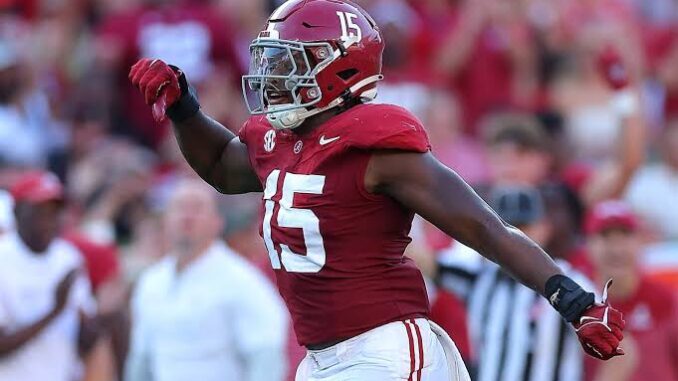
Alabama’s decision to trade a player, often a pivotal moment in any sports season, has far-reaching implications for both the team and the athlete involved. When a player is traded, it signifies a shift in strategy, a response to performance needs, or a financial decision that reflects the team’s future vision.
For Alabama, a powerhouse in college football, player trades are typically uncommon, as the focus is primarily on building a cohesive roster through recruitment and development. However, the dynamics of the sport and the evolving landscape of player movement can necessitate such actions. When Alabama decides to trade a player, it often reflects a calculated move to enhance their competitive edge.
The trading of a player can stem from various reasons. A lack of performance, a surplus of talent at a particular position, or the need for specific skills that another player offers can all influence the decision. Additionally, trades can be driven by the financial implications of a player’s contract, especially if the team is looking to free up cap space or redirect funds towards other strategic acquisitions.
When a trade is announced, it can create a buzz within the fanbase and among analysts. Fans may feel a mix of emotions—disappointment over losing a favorite player and excitement about the potential for new talent. For the player being traded, it can be both an opportunity and a challenge. A fresh start in a new environment can revitalize a career, but it also involves adjusting to a new team culture, coaching staff, and fan expectations.
For the receiving team, acquiring a player from Alabama can be seen as a strategic win. The reputation of Alabama as a breeding ground for talent means that any player traded from their roster likely brings a wealth of skills and experience. This can boost the new team’s performance, especially if the player fits seamlessly into their existing system.
The trade’s long-term effects can shape both teams’ trajectories. For Alabama, the focus shifts to how the remaining roster can adapt and fill the void left by the traded player. Meanwhile, the team receiving the player must integrate them effectively, ensuring that they contribute to their goals.
Ultimately, the trade reflects broader trends in sports—how teams must continually adapt and evolve to remain competitive. For Alabama, every decision, including trading a player, is a step towards achieving their championship aspirations.
Leave a Reply